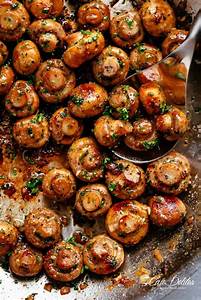Importance of well balance diet
All food contains all of the nutrients we need to be healthy, it is necessary to eat various foods in sufficient amounts. A good diet will include many different foods, and sufficient in quantity and quality to meet an individual’s need for food energy and other micro nutrients.
SUGAR AND OTHER SWEETENERS
Typical serving size:
1 teaspoon (015 oz or 4
2 g) of granulated sugar
HOW THEY HARM
Obesity CavitiesWHAT THEY HEAL
Low energy Refined sugar is a relatively new food in the human diet, widely available only since the 1500sIt didn’t take long for this sweetener to become a major commodity
Sugars have been described as a “standard currency” for living organisms because all plants and animals store energy chemically as sugar
White table sugar is made from sugarcane or sugar beets; some liquid sweeteners, such as molasses, are by-products of sugar refining
Manufacturers favor liquid sweeteners such as high- fructose corn syrup because their sweetness and thickness can be regulated
Other popular natural sources of sugar are honey and maple syrup
Agave syrup, extracted from the spiky succulent native to the southern U
S
, Mexico, and South America, has recently been hailed as a more healthful alternative to sugar because of its low glycemic index; however, some agave products actually cause blood sugar swings
Health Benefits
Boosts energyAll forms of sugar provide about the same energy value: 4 calories per gram
In everyday terms, a cup of white sugar contains 770 calories, compared to 820 in a cup of densely packed brown sugar
A tablespoon of white sugar has 50 calories, and an individual serving packet, 25
Although sugar itself is not especially high in calories, many sweet foods, such as chocolates and pastries, are also high in fat, which contains 9 calories per g
Health Risks
ObesityAny unburned amount of sugar in your system will turn to fat, and consistently high amounts may lead to insulin resistance
Keep your intake to under 40 g (about 10 tsp) of sugar a day
That’s about one can of Coke
Cavities
All types of sugar—white table sugar, brown sugar, honey, molasses—encourage the growth of the oral bacteria that are responsible for causing cavities
And when starchy foods are broken down by the enzymes in saliva, they, too, form cavity-causing sugars
More dangerous than the amount of sugar is the length of time the sugar remains in contact with the teeth
Thus, much of the damage can be prevented by brushing soon after eating a sweet
Allergies
Buying Tip
s
Brown sugar is made by coating white sugar crystals with molasses
They provide fewer calories per gram than sucrose, do not promote tooth decay, and do not cause sudden jumps in blood glucose but can produce a laxative effect in some people




